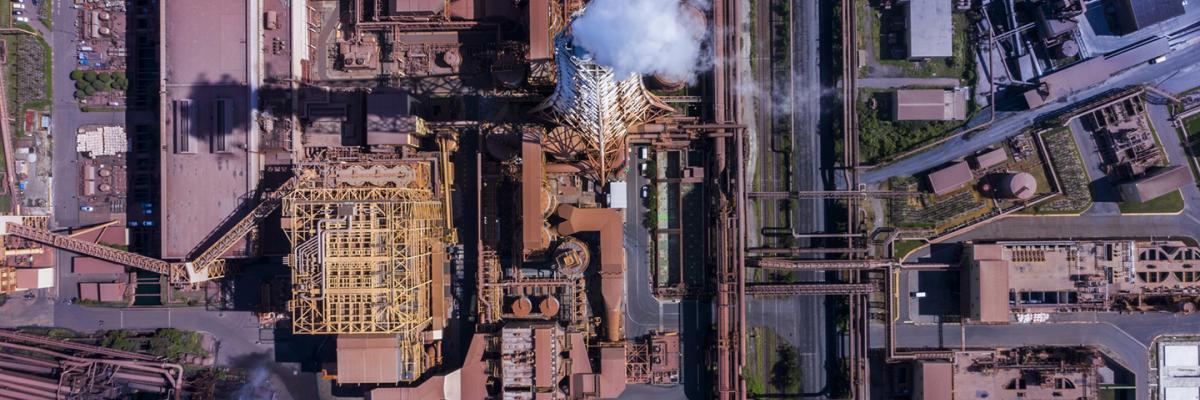Transforming the heavy industrial sector to a low carbon future

The heavy industrial sector is a critically important industry to Australia, providing more than $20b per annum to the national economy, export income, and tens of thousands of regional jobs.
While the sector has progressively reduced many emissions, its greenhouse gas emissions are hard to abate. Up to 75% of emissions from processing iron, aluminium, cement, zinc and other minerals cannot be avoided simply by using renewable electricity. Alternative carbon-neutral production technologies are needed, and they are needed at scale.
Cooperative Research Centres (CRCs), through formal partnerships between industry and researchers with strong support from government, are designed to break through transformation barriers.
Companies are invited to partner in a new proposal to the Australian Government to form a Heavy Industry Low-carbon Transition Cooperative Research Centre (HILT CRC) to expedite the decarbonisation of Australia’s heavy industrial processes and produce materials vital to the local and global economies at lower costs and in more sustainable ways.
The prospectus defines the opportunity and benefits of participating in the proposed Heavy Industry Low-carbon Transition CRC and by doing so to profit from preferential access to the technology necessary to enable transition at lowest cost and to secure a place in a low-carbon world. The HILT CRC aims to enable participating companies to make the transition at much less cost than could be achieved either by working alone or waiting until the technology is developed and tested by others.
Download the recently updated version of the HILT CRC Prospectus, as the bid team ready to enter round 2 of the CRC bid process.
Hear Professor Gus Nathan, Director of the Centre for Energy Technology, discuss the HILT-CRC bid proposal.
